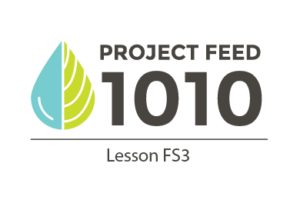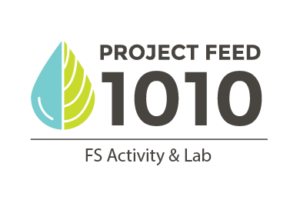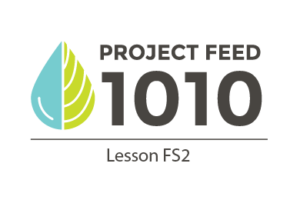View Fullscreen Modeling Sustainable Food Systems Files Modeling Sustainable Food Systems • 90 kB • 254 click 27.10.2019
Students take an interdisciplinary approach to understand a global issue. The driving question: “How can we think and act on a systems level to produce and consume food resources that will be environmentally sustainable and sufficient for global needs?”
Students conduct a United Nations Food and Agriculture Organization Summit (UN Summit) in order to address the food security challenges of the countries they’ve researched throughout the Food Security module. Through the UN Summit, students recommend actions to improve the food production system as a representative of their country and follow-up with an individual critical evaluation of the proposed actions.
How does our food get from farm to table and what resources are required to get it there? In this activity, students will play a game to produce pizza. While the game uses economics as a driving force to model food production, students must use a systems thinking approach to strategize and make decisions.
Students will continue to explore the idea that when nodes are interacting in a system, modifying one node can have far reaching consequences for the entire system. In this lesson, students will focus on the stakeholders introduced in Lesson FS3, by analyzing an article and evaluating the impact that possible solutions to global food insecurity will have on stakeholders.
The goal of this lesson is to encourage students to look at the topic of food security using a systems approach, and to evaluate the stability of our global food production by assessing the interactions within the system. Students will review the definition of a system and discuss how approaching a problem or issue by modeling it as a system can lead to both improved understanding and more effective problem-solving.
Stakeholders are a vital part of the food security system. It is important for students to realize that to solve the global issue of food insecurity, all of the stakeholders’ voices must be represented. In a system, there are often trade-offs to being able to make something work. They will have an impact on the system and other stakeholders, based on the choices they make and the resources they use.
Using mathematics and computational analysis, students design aquaponic systems to be part of the solution to food insecurity in a developing country. In this NGSS STEM activity and optional lab, students can either use real data collected from an aquaponic system at Institute for Systems Biology (ISB) or data from their own aquaponic system to calculate water efficiency and the effects of scaling up a system.
A variety of agricultural production systems are used to produce food around the world. Some systems rely on the continuous addition of resources, while others use resources more efficiently. In this lesson, students evaluate various food production techniques in terms of their environmental sustainability and potential for producing enough food to feed a growing world population.
Food security is a foreign concept to many Americans. Most believe that chronic hunger and malnutrition happens only to people in developing nations or to the homeless. In reality, 1 in 6 people in America go hungry every day and are not food secure. Throughout the lesson, students will develop and refine their understanding of food security and they are able to compare different countries and analyze what food security issues they have based on the three pillars using global statistics.




